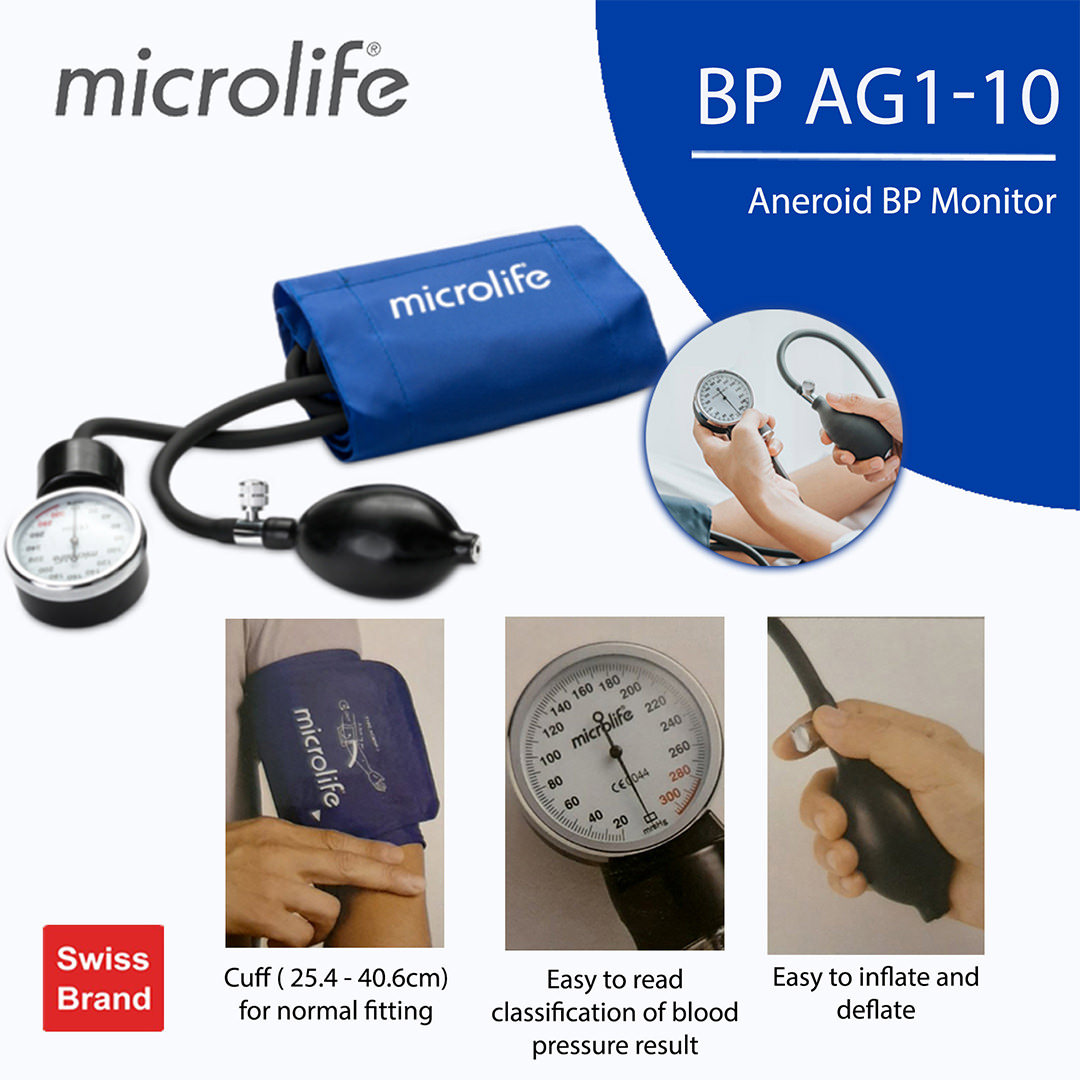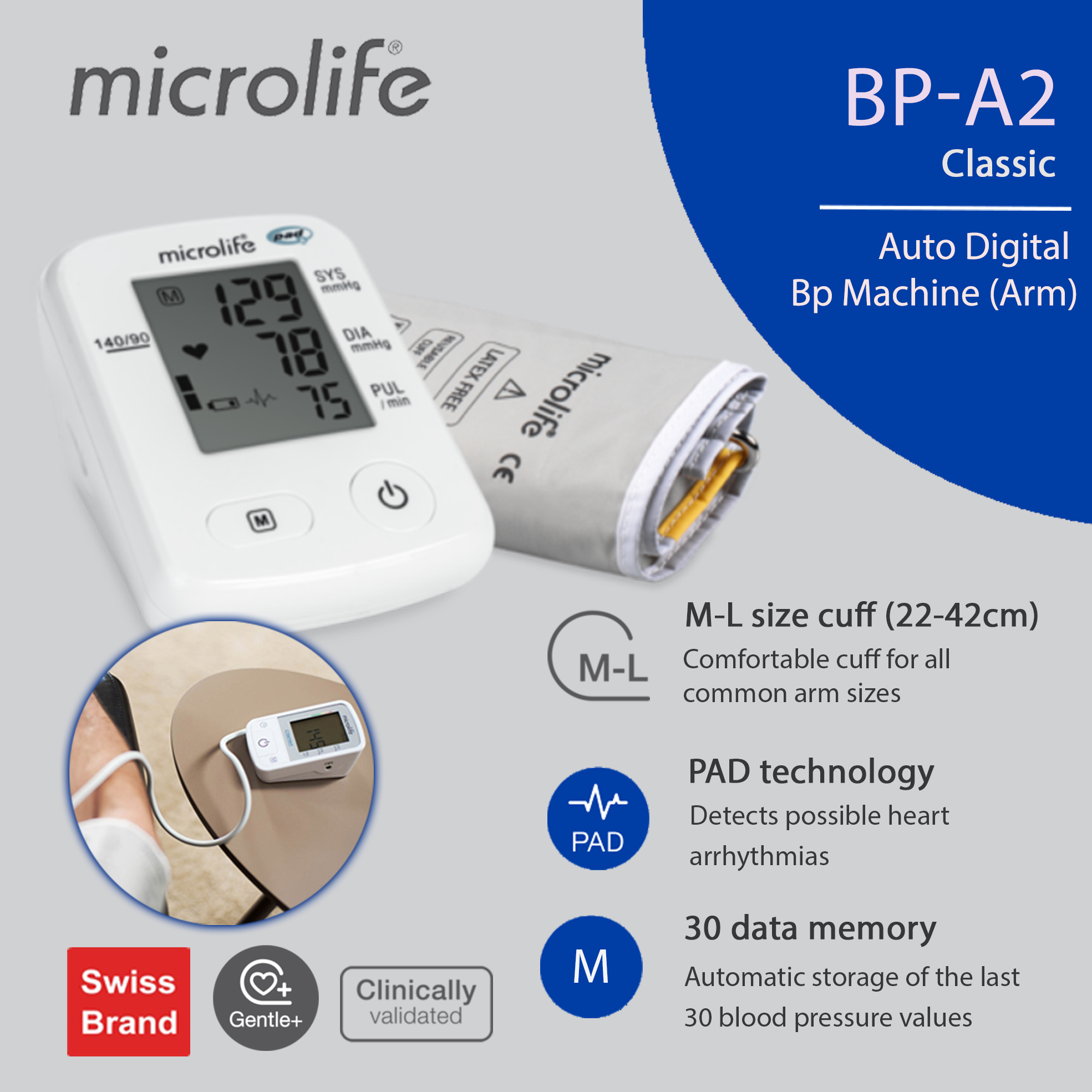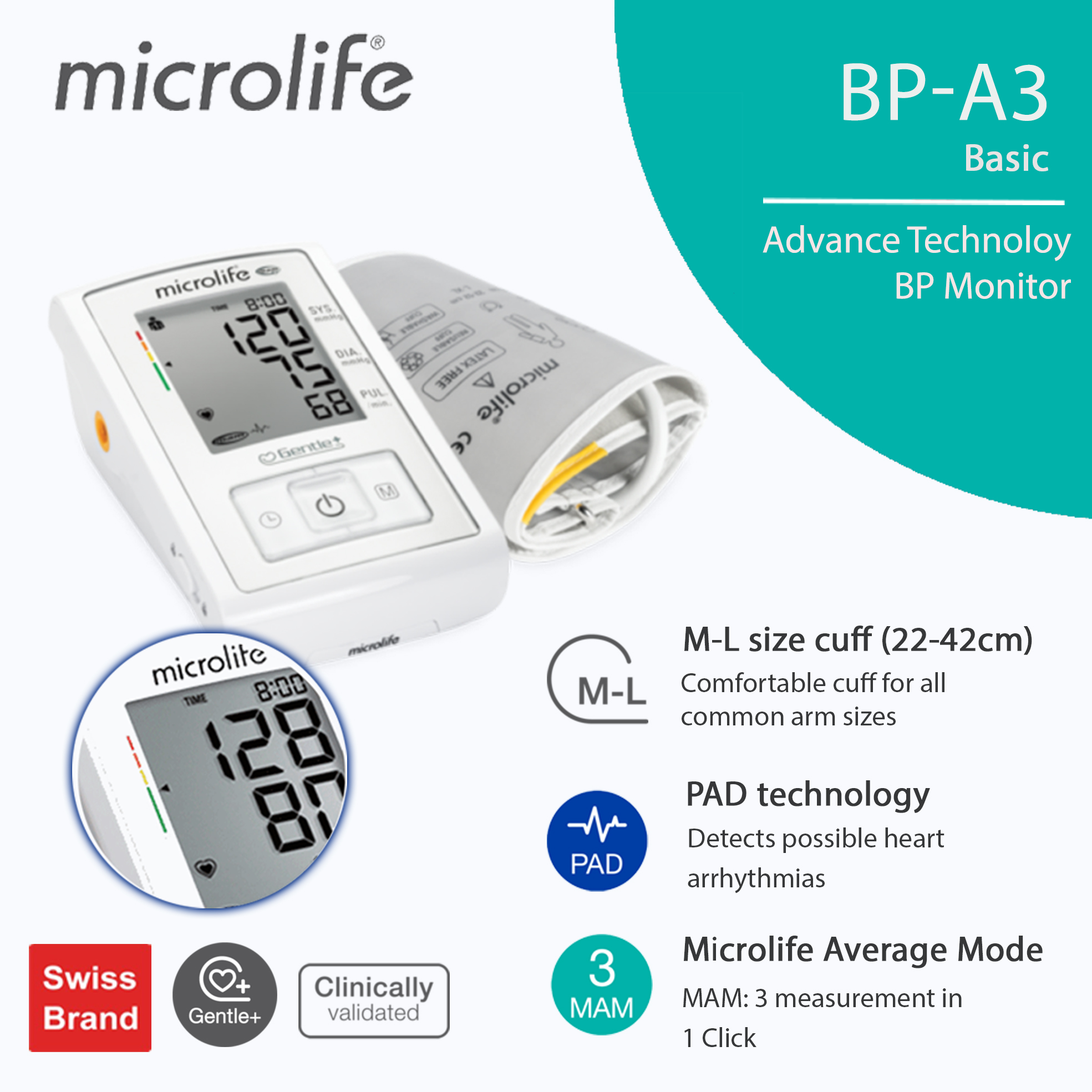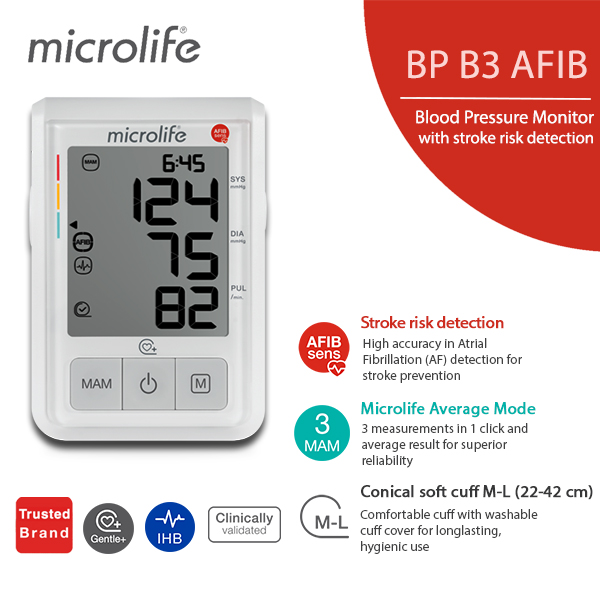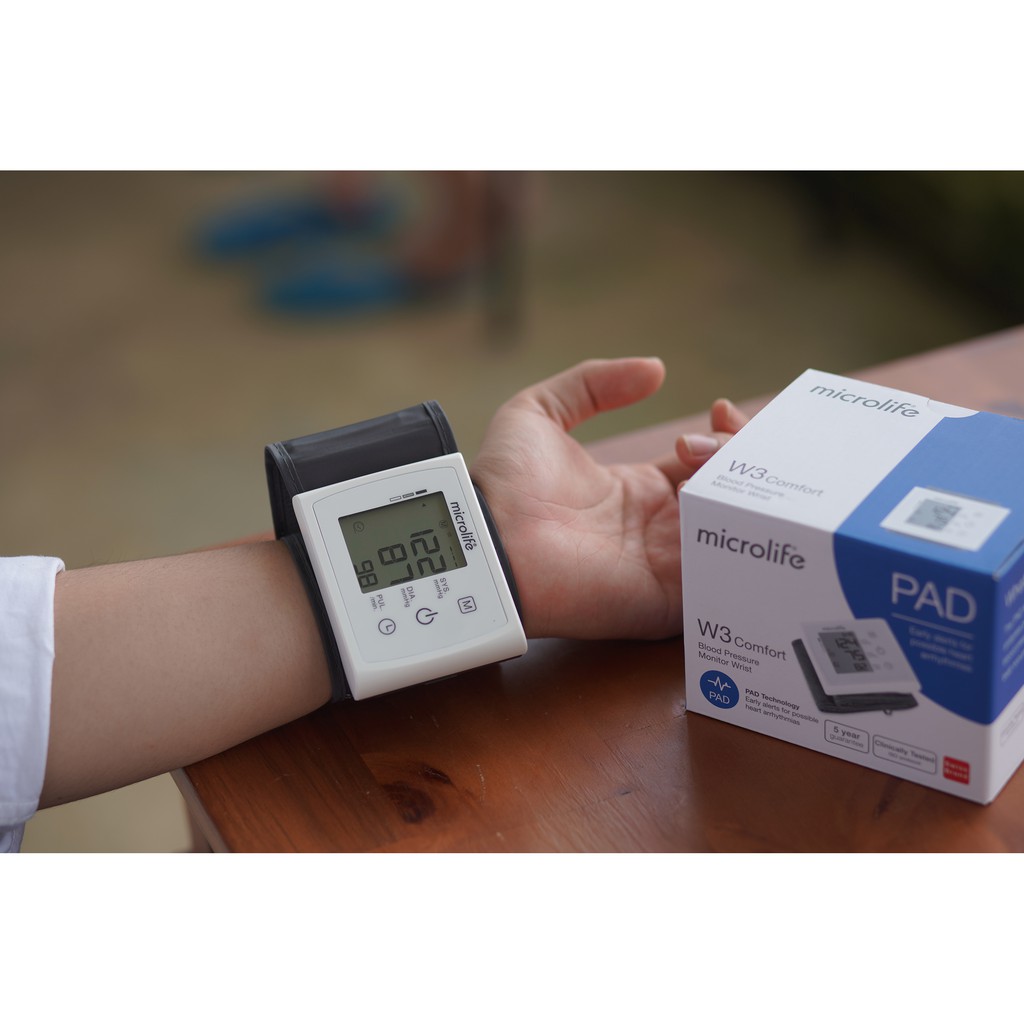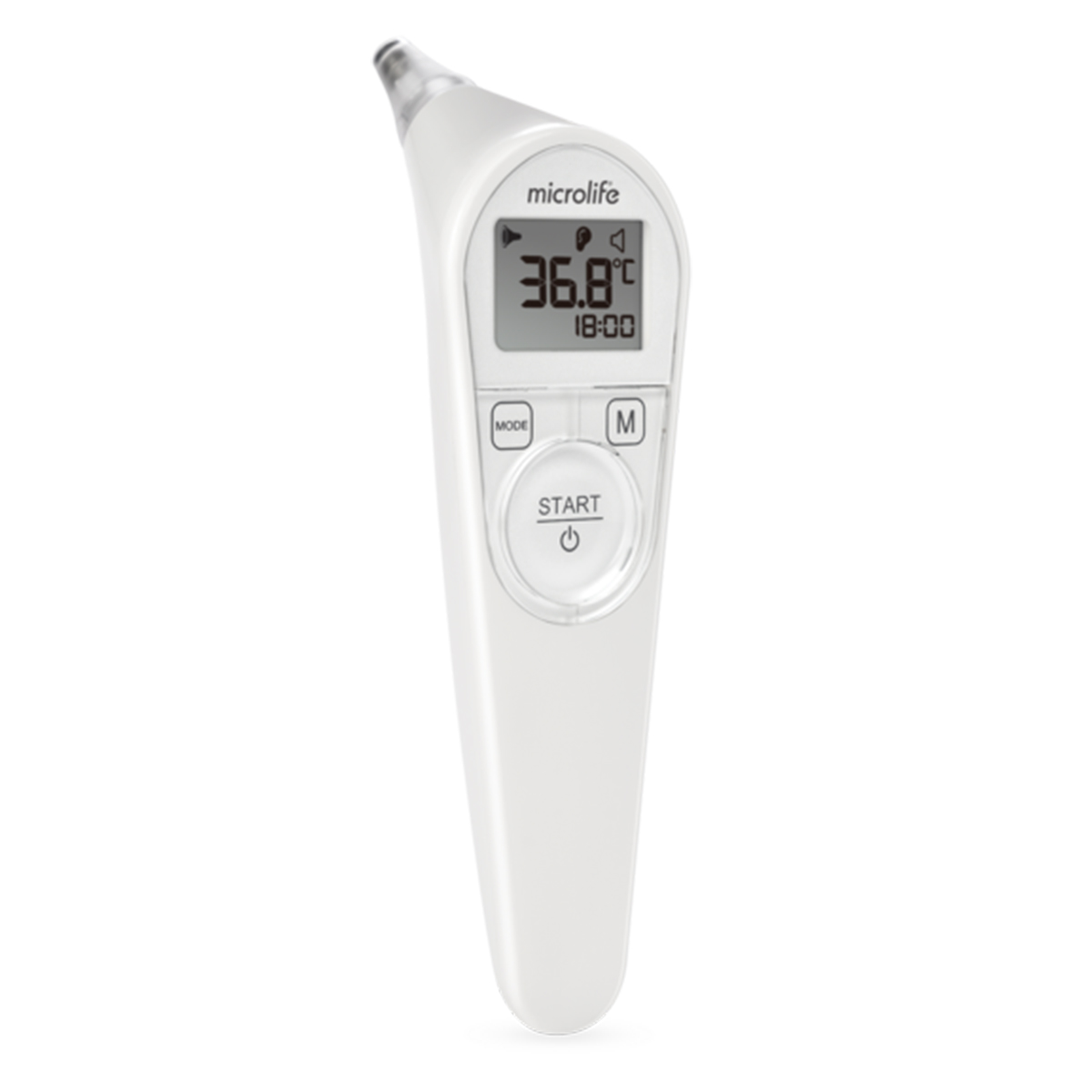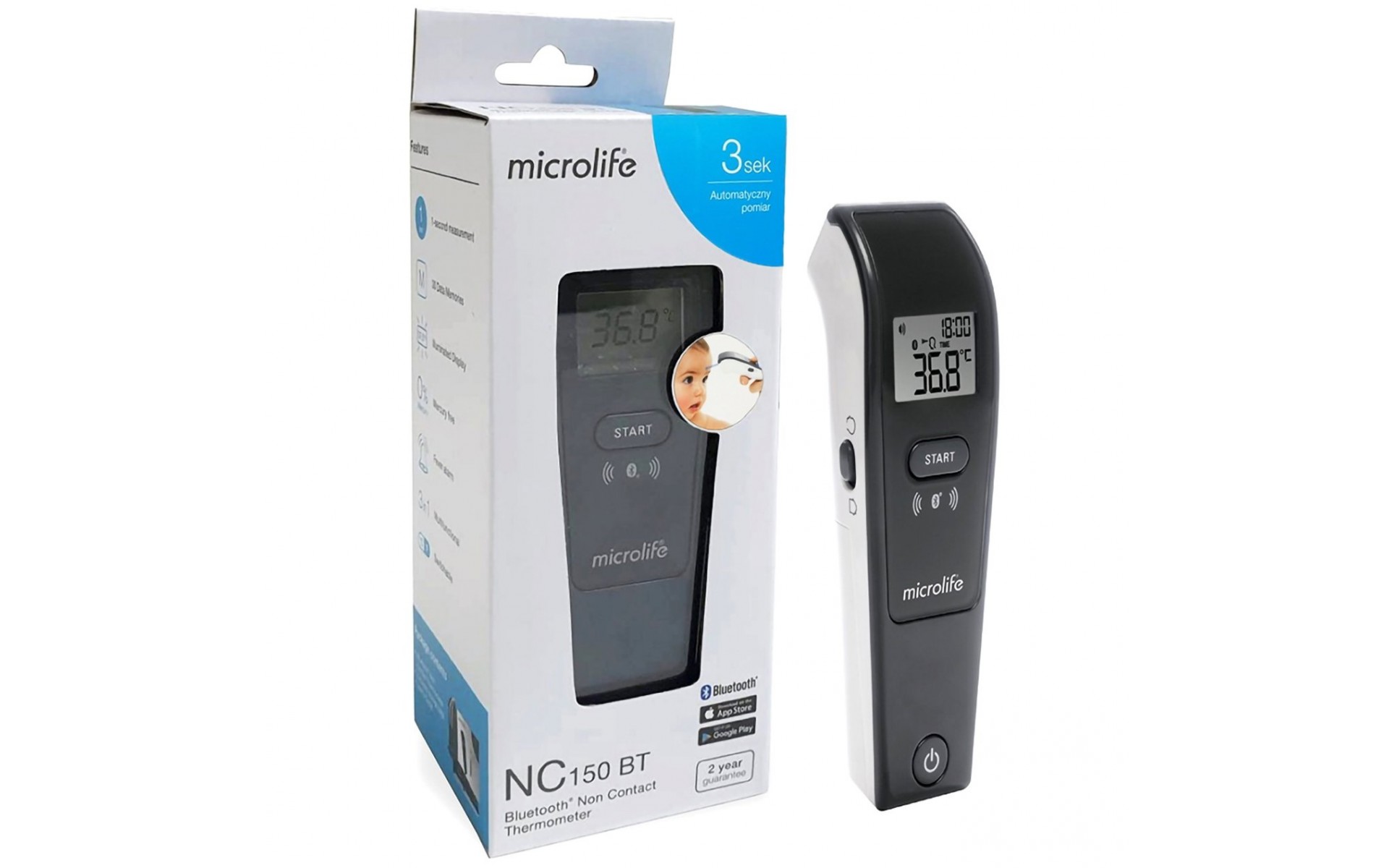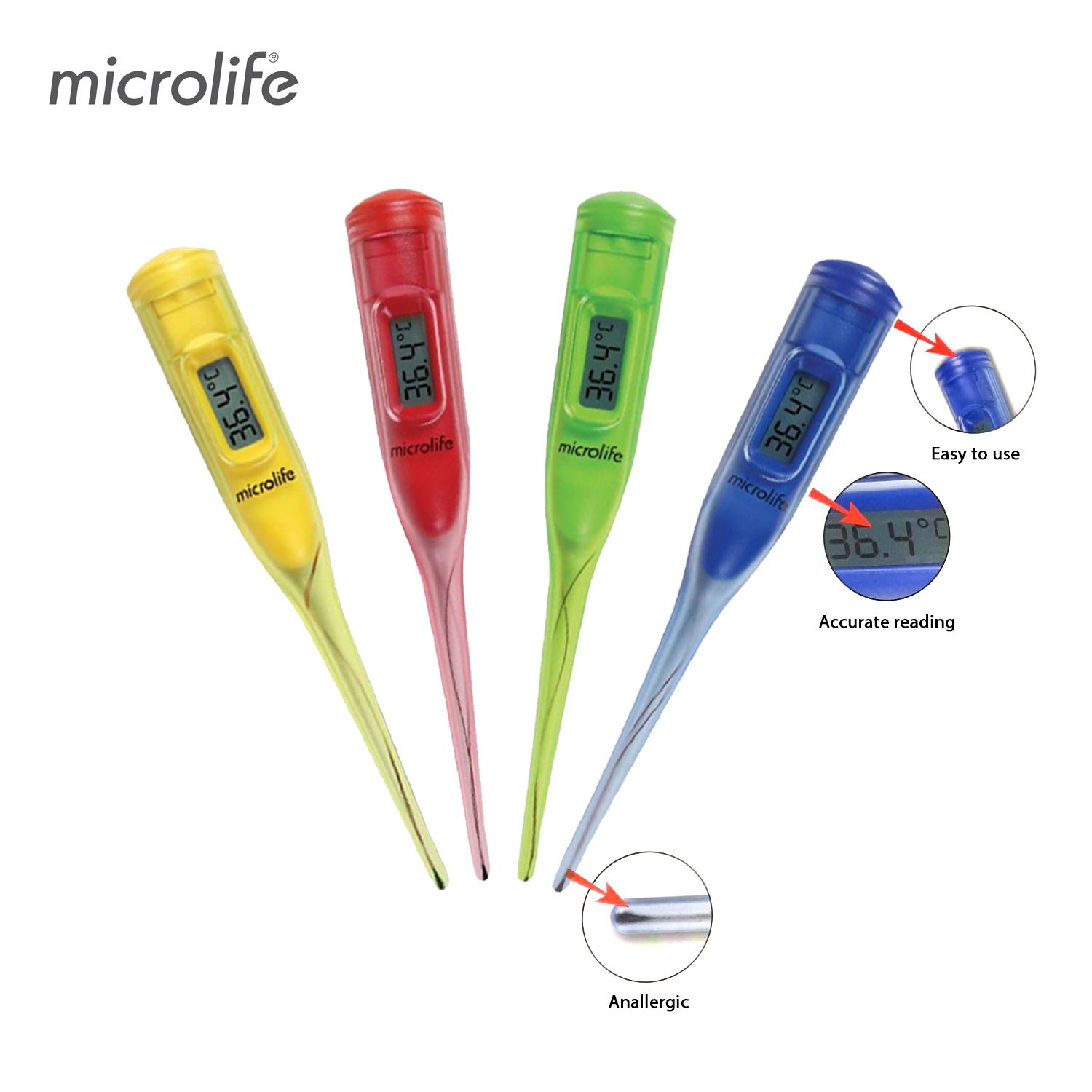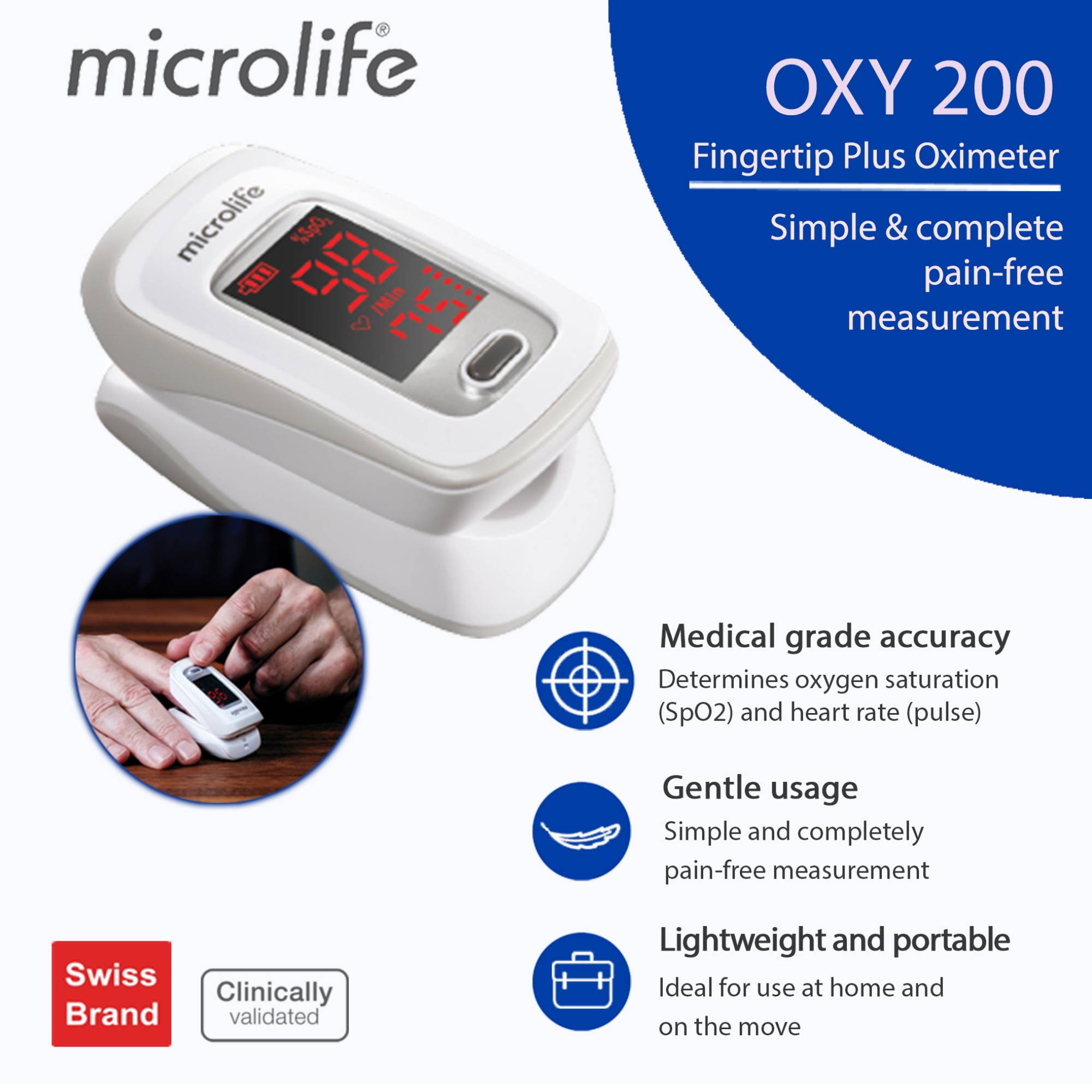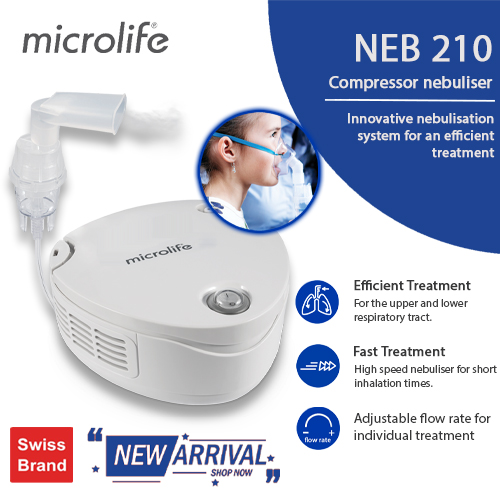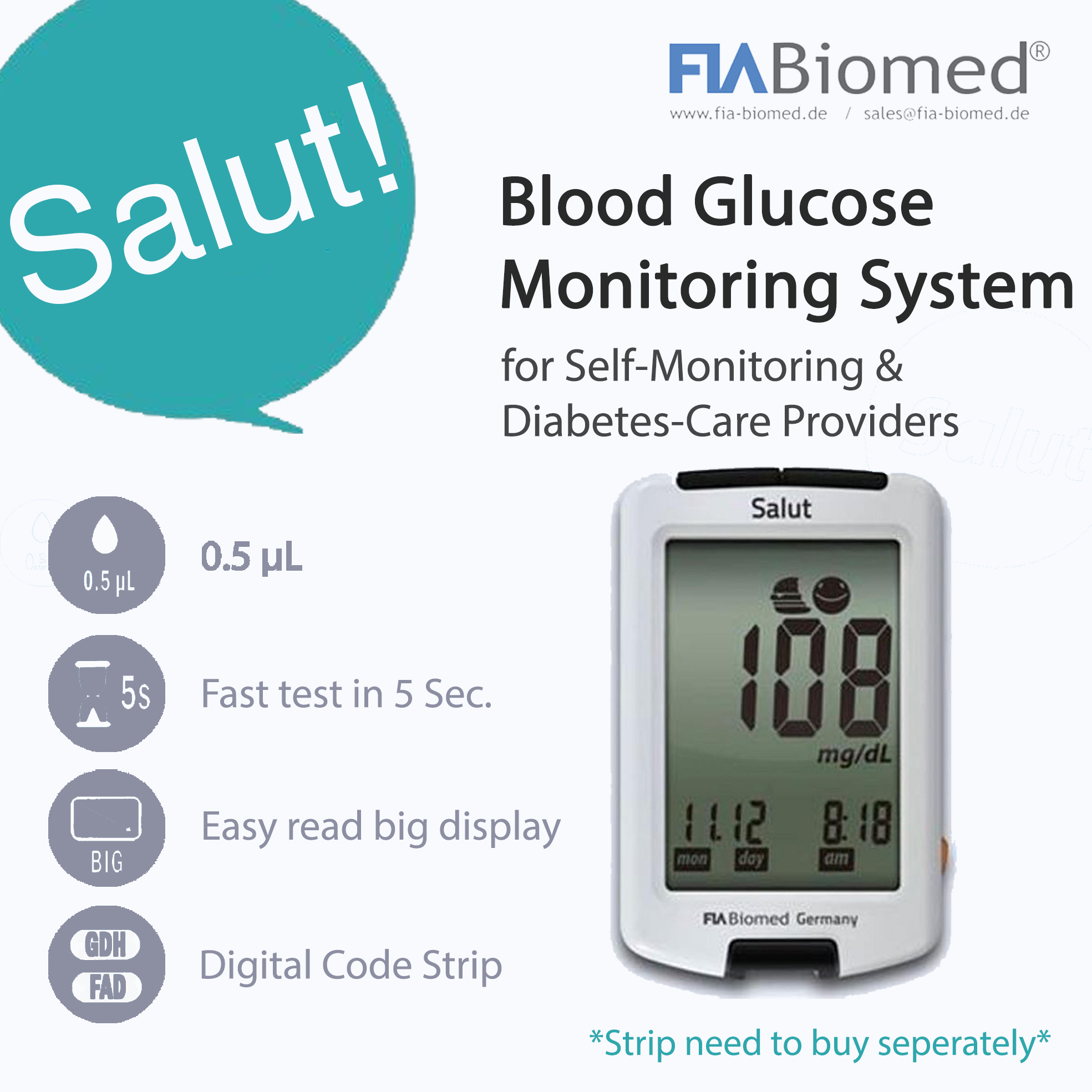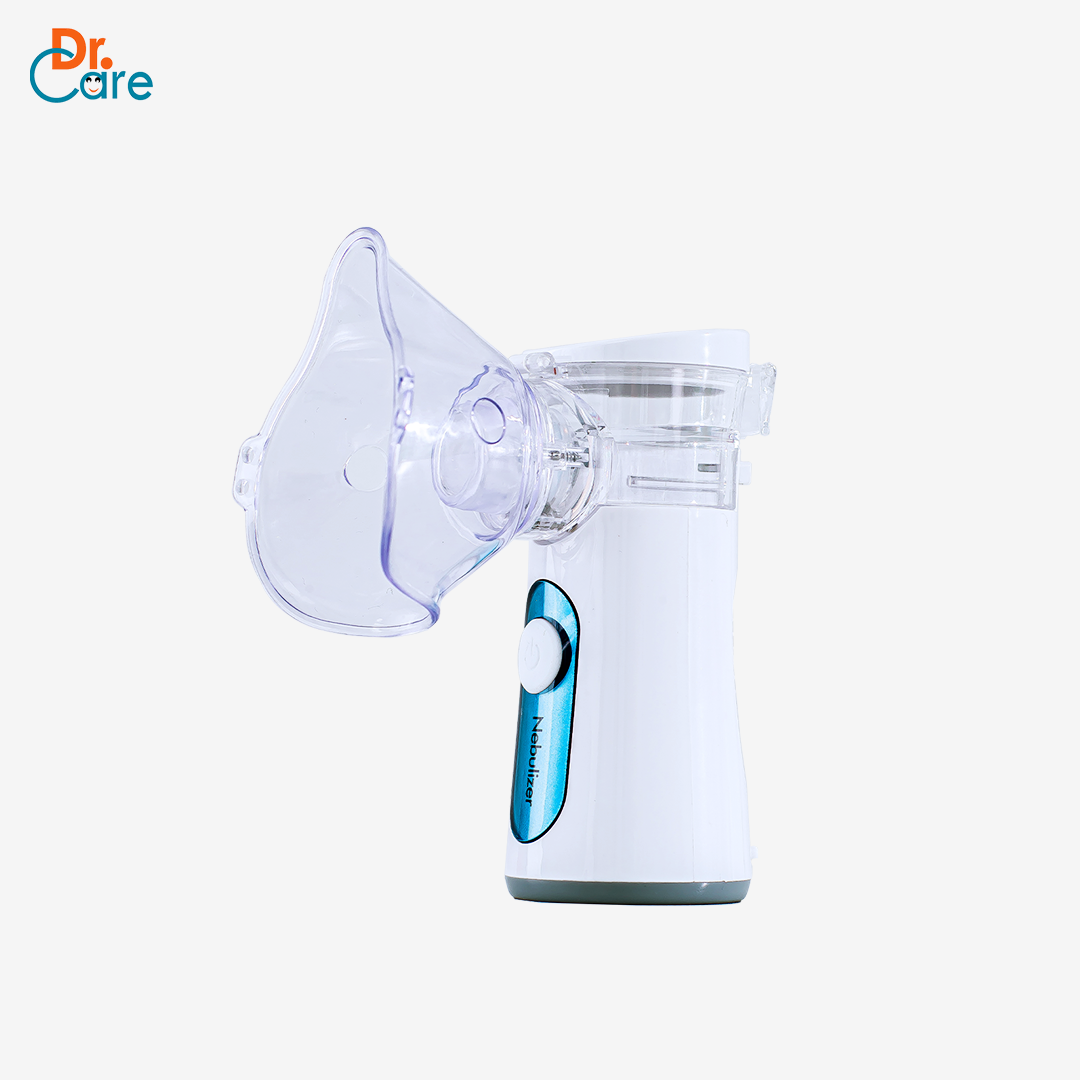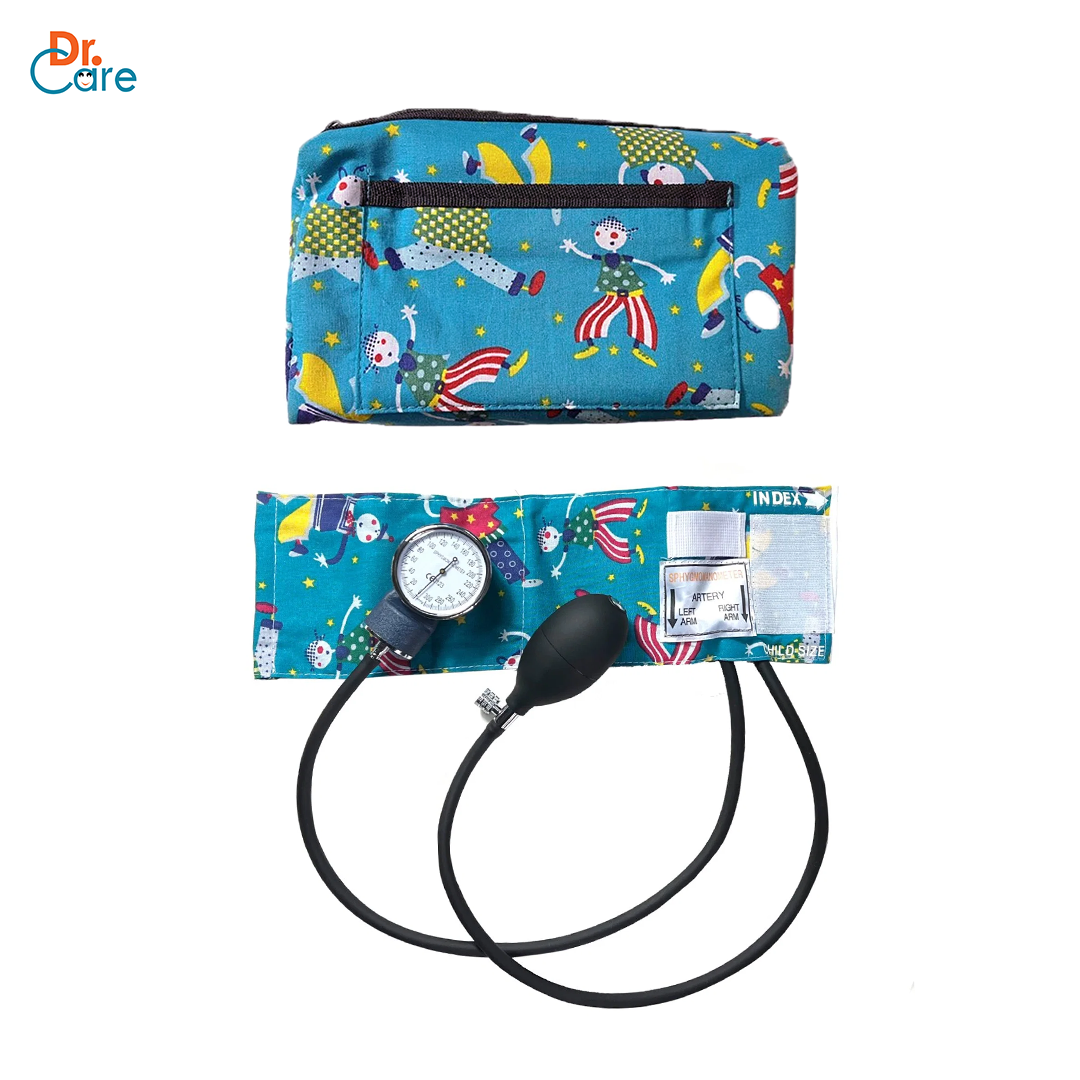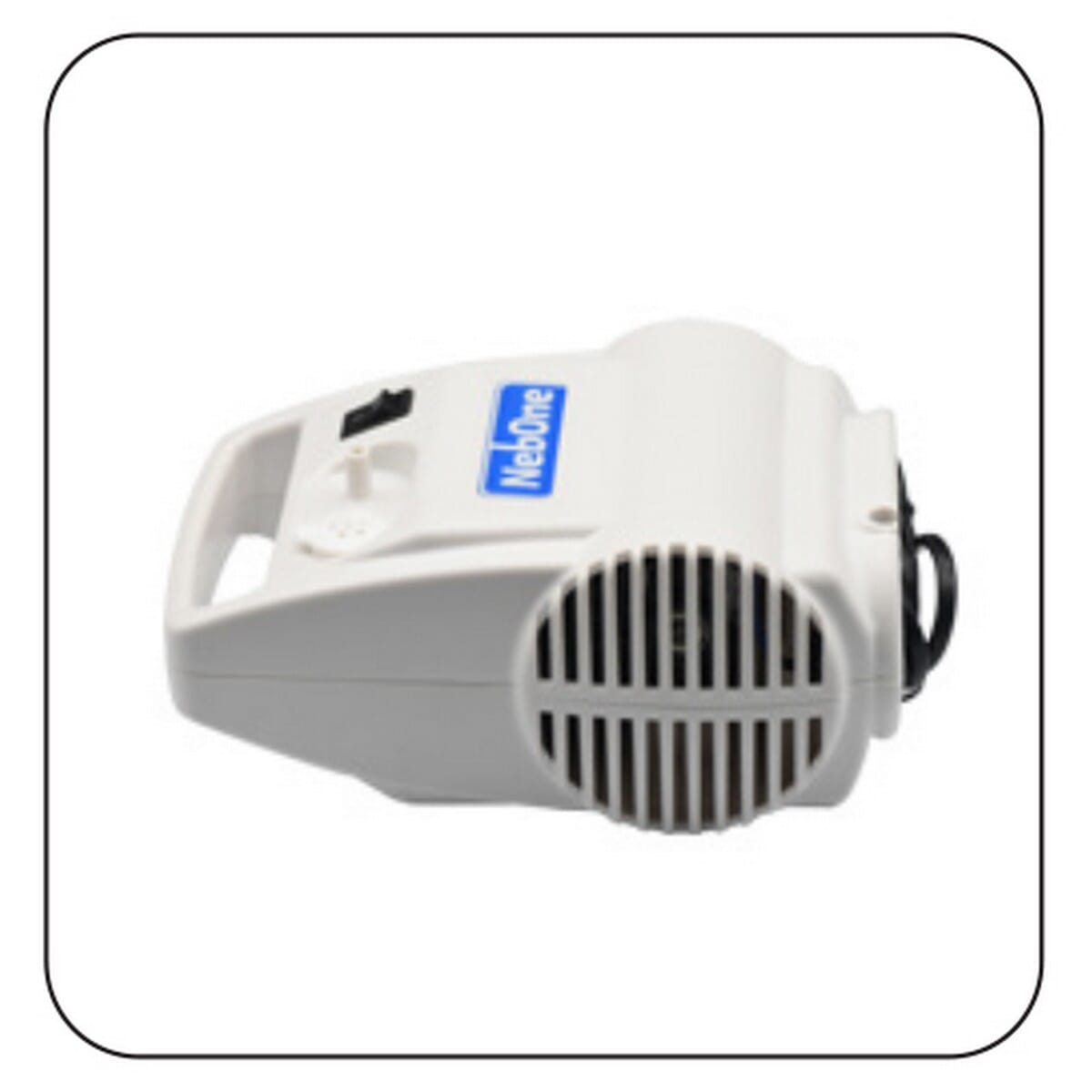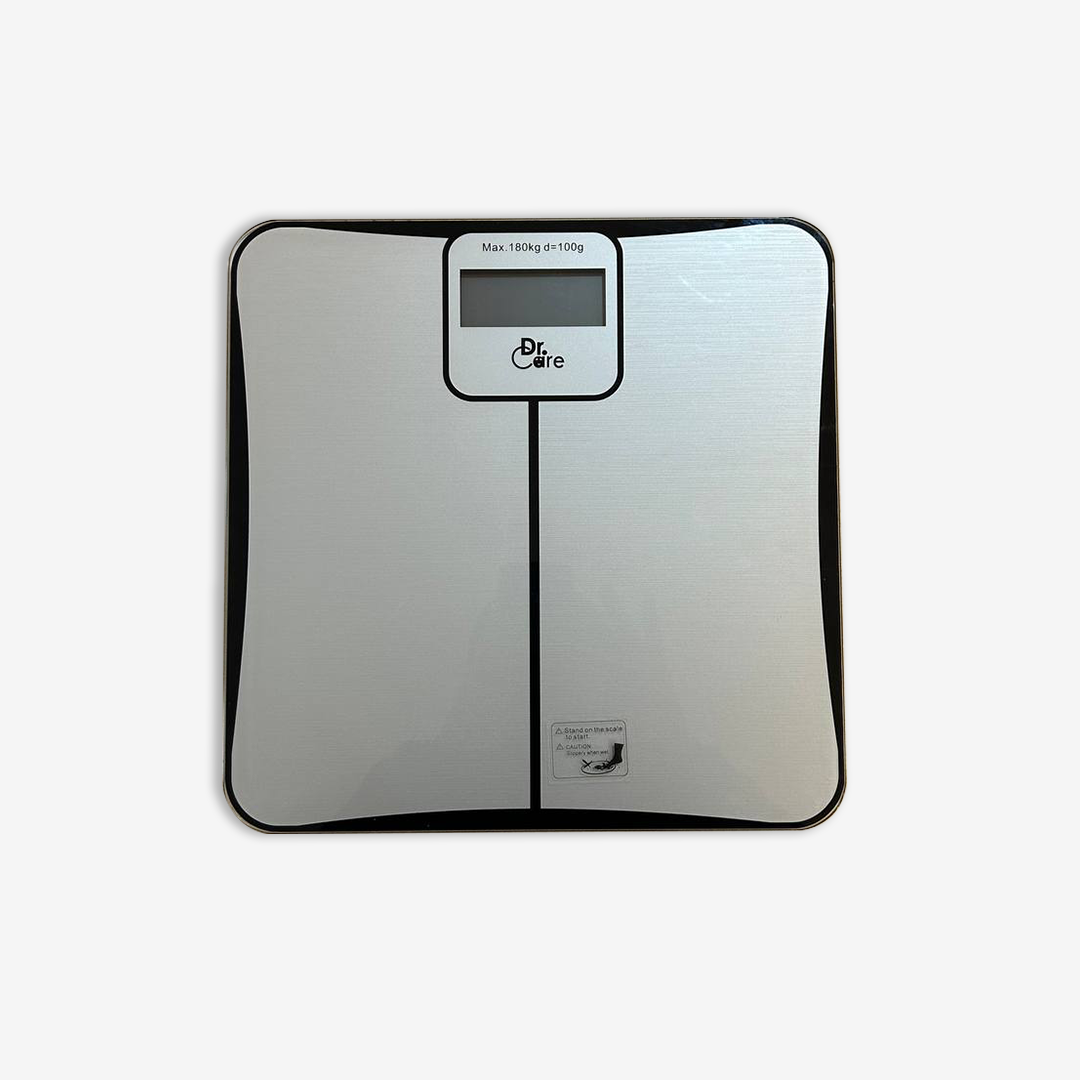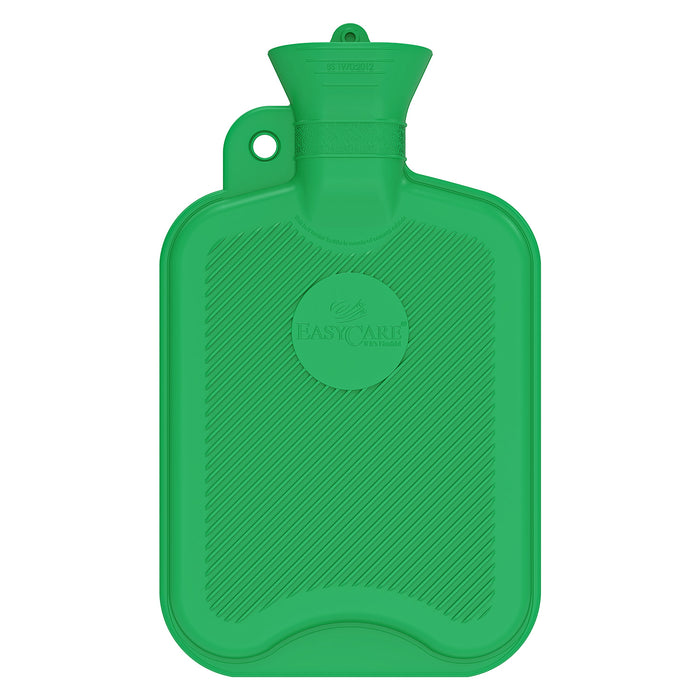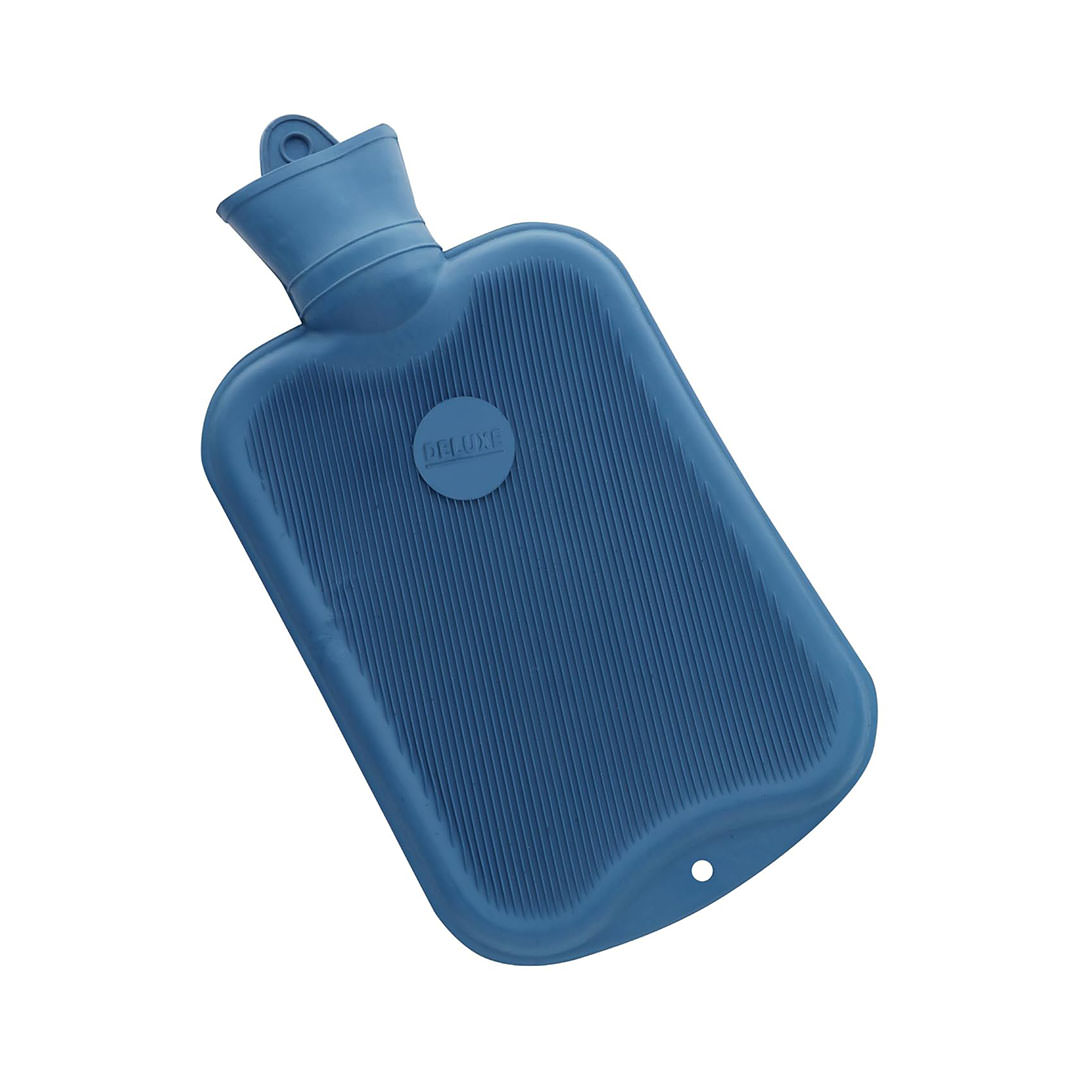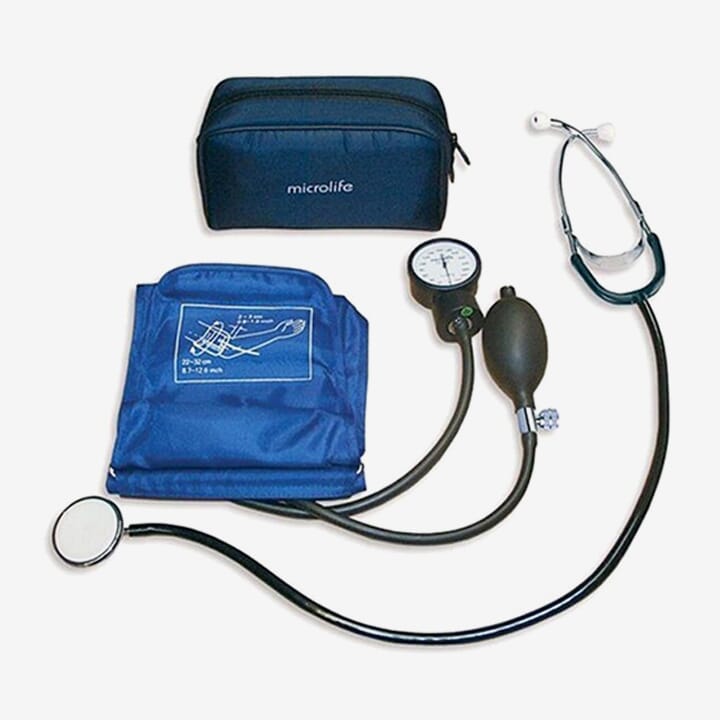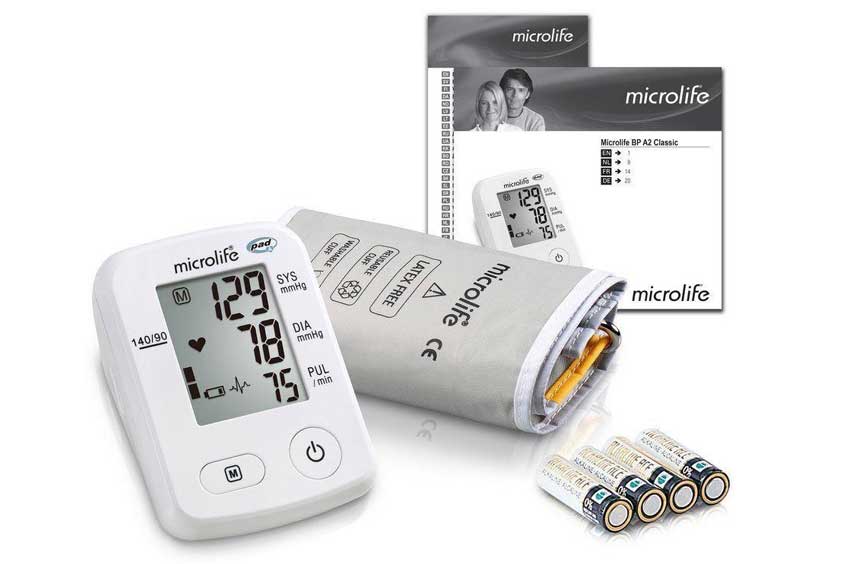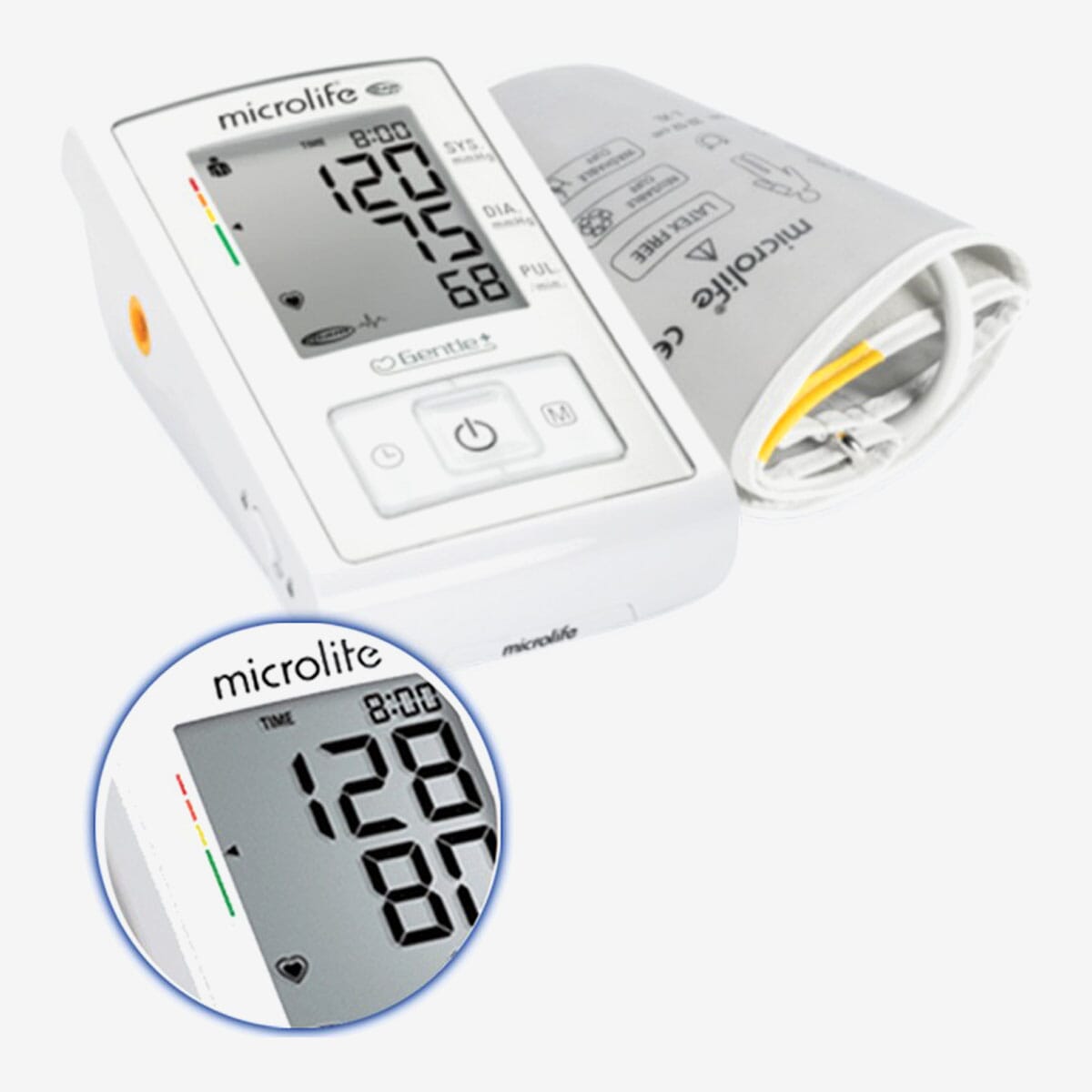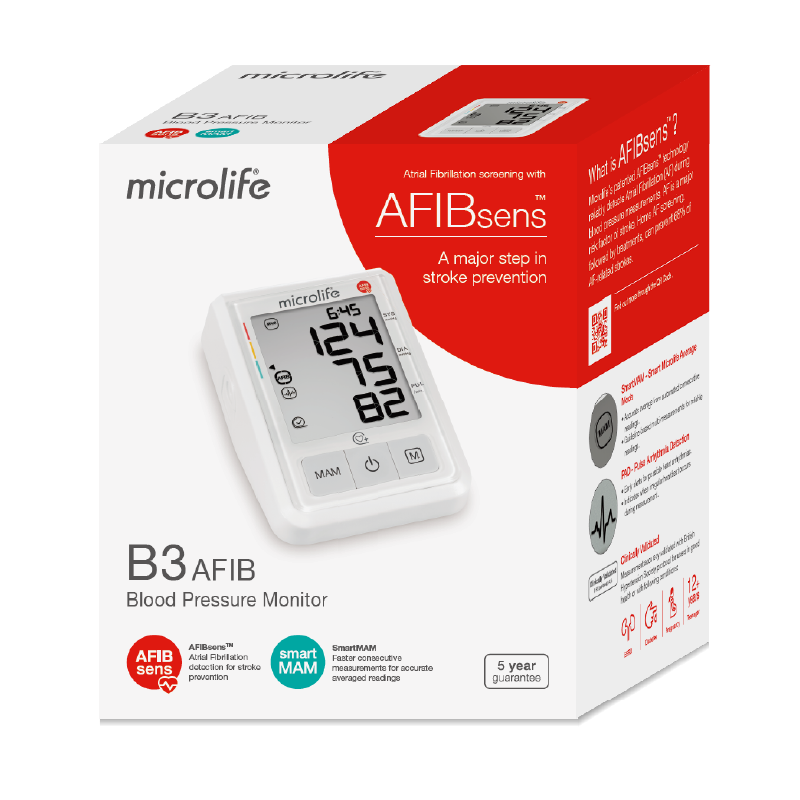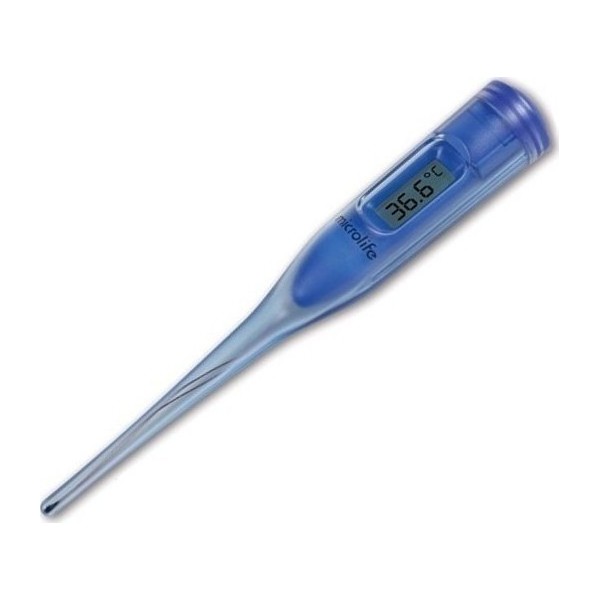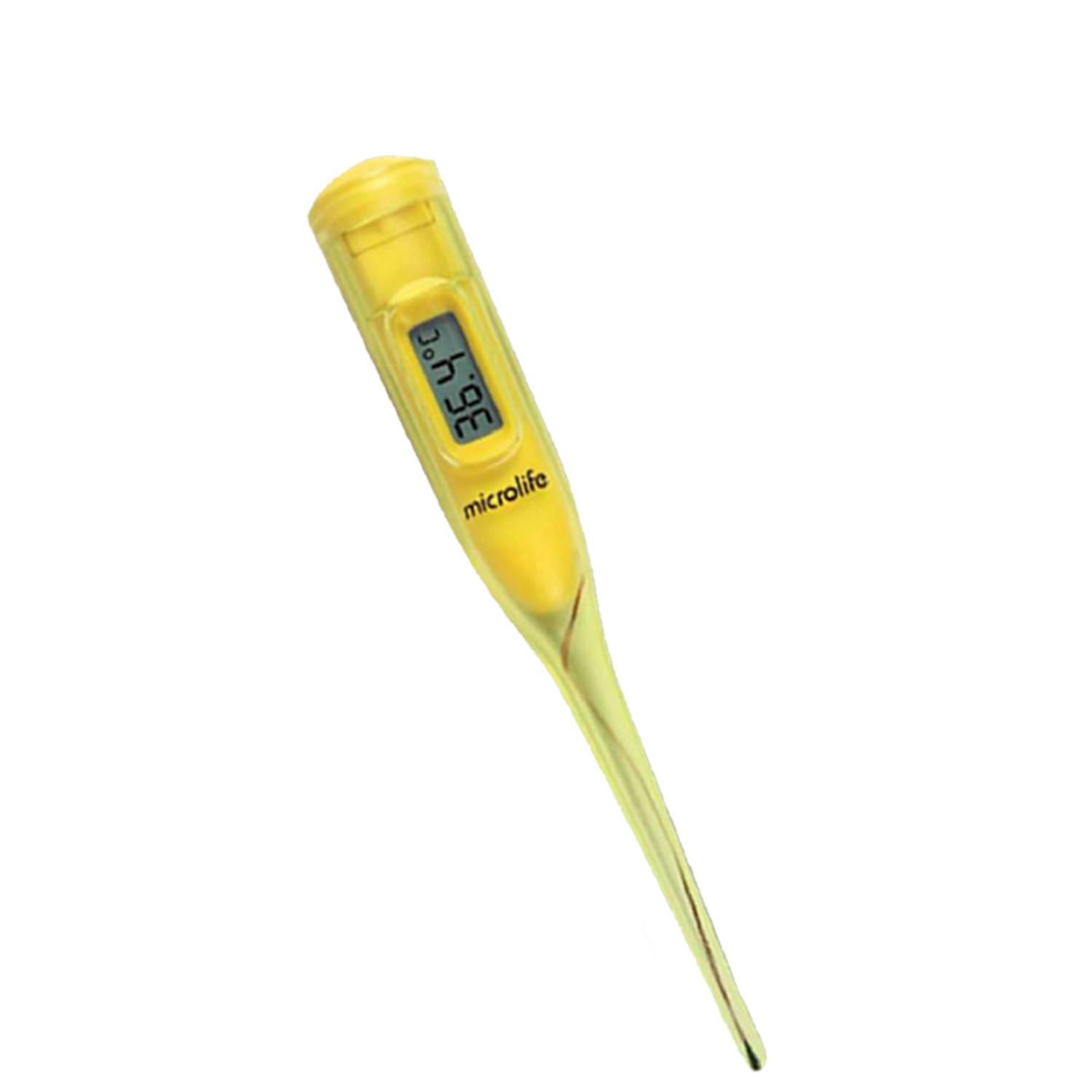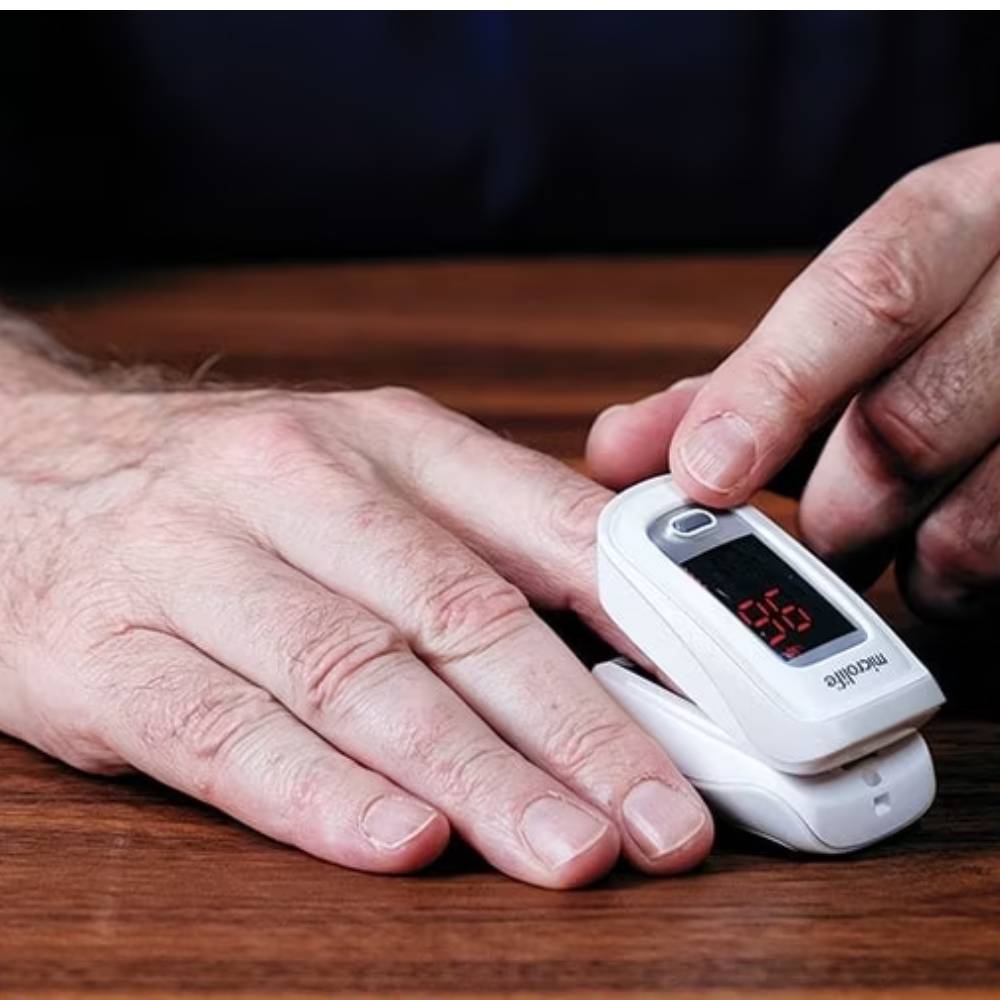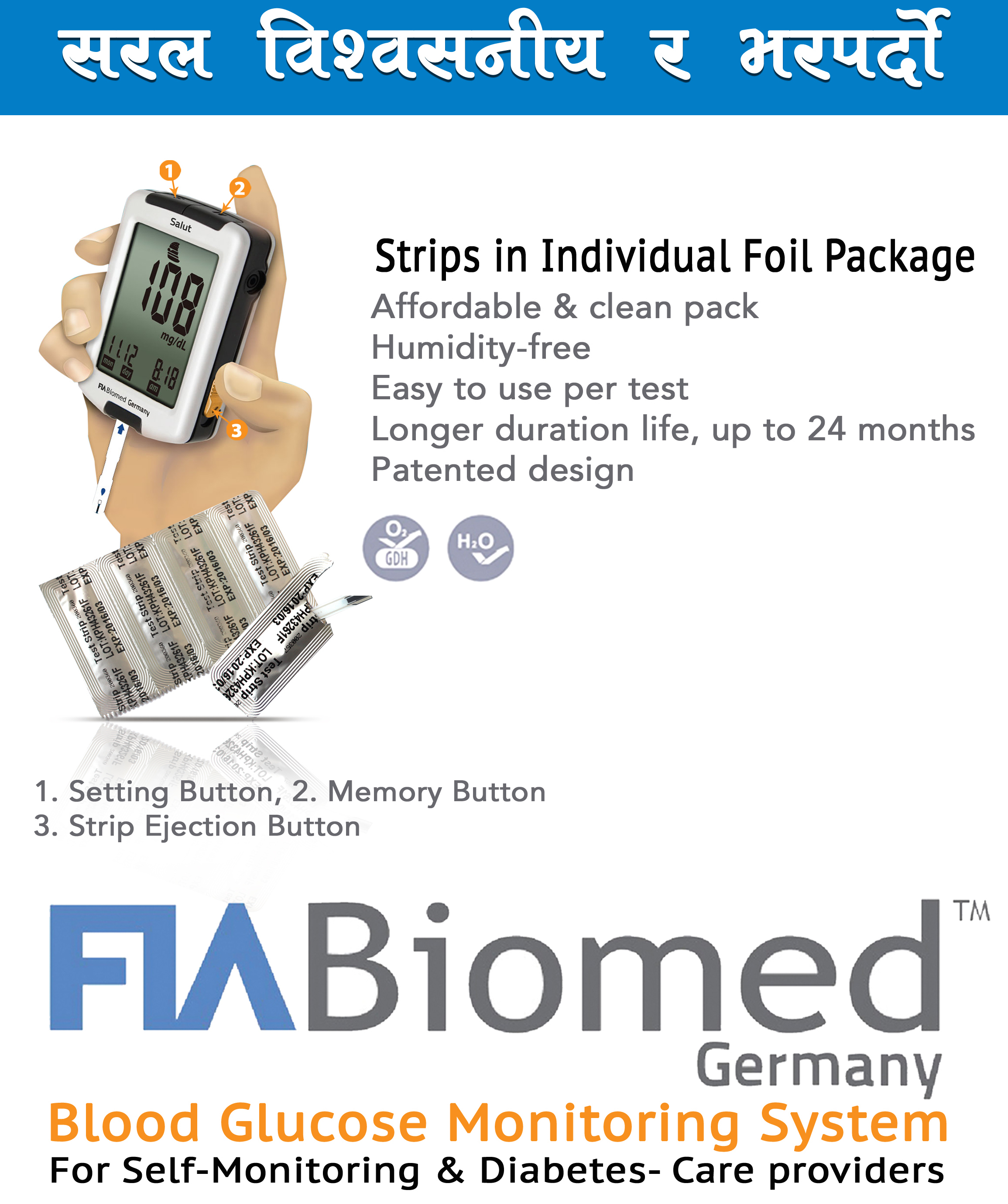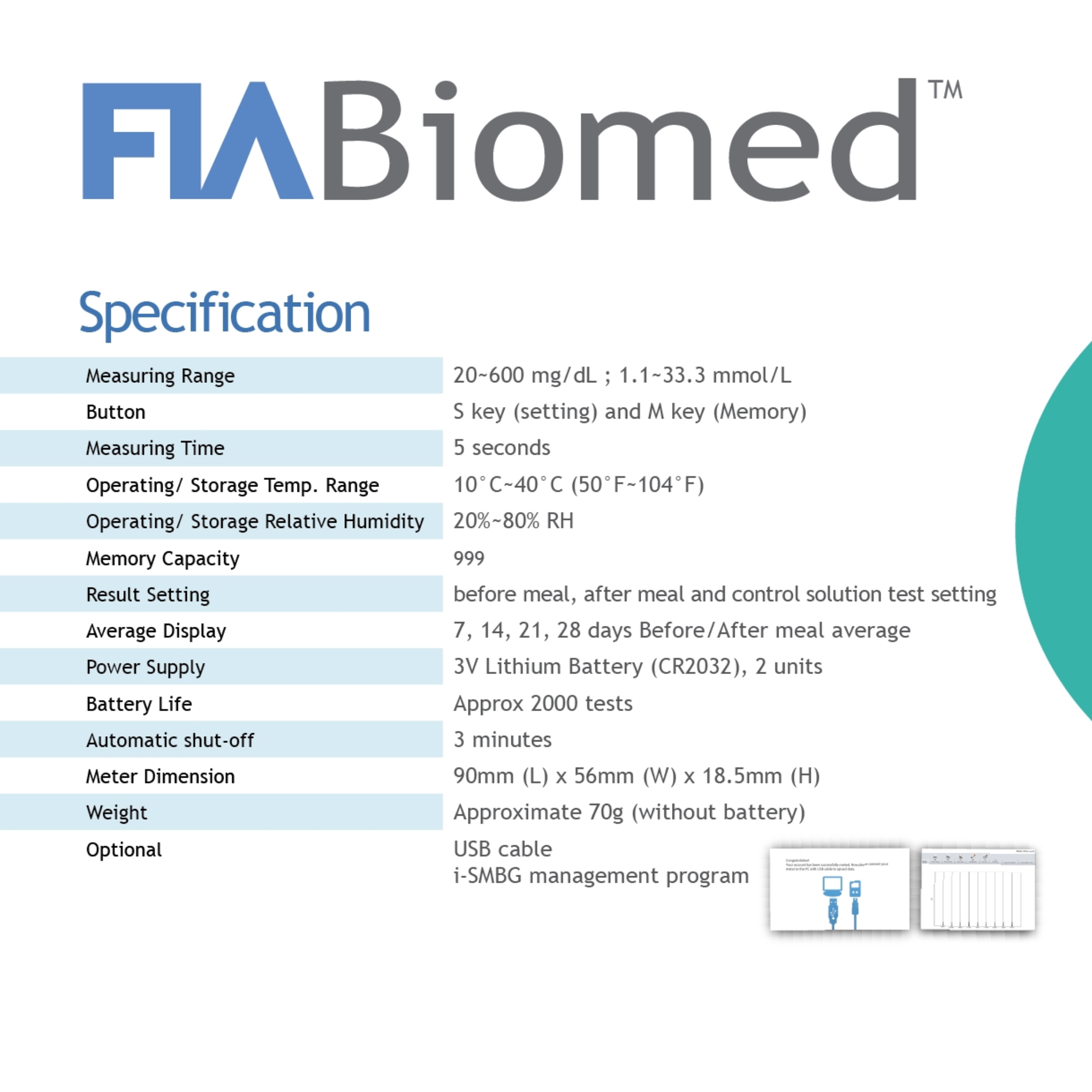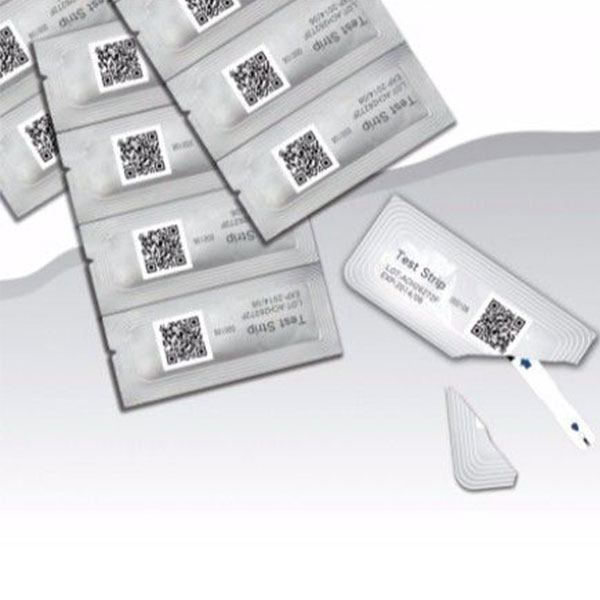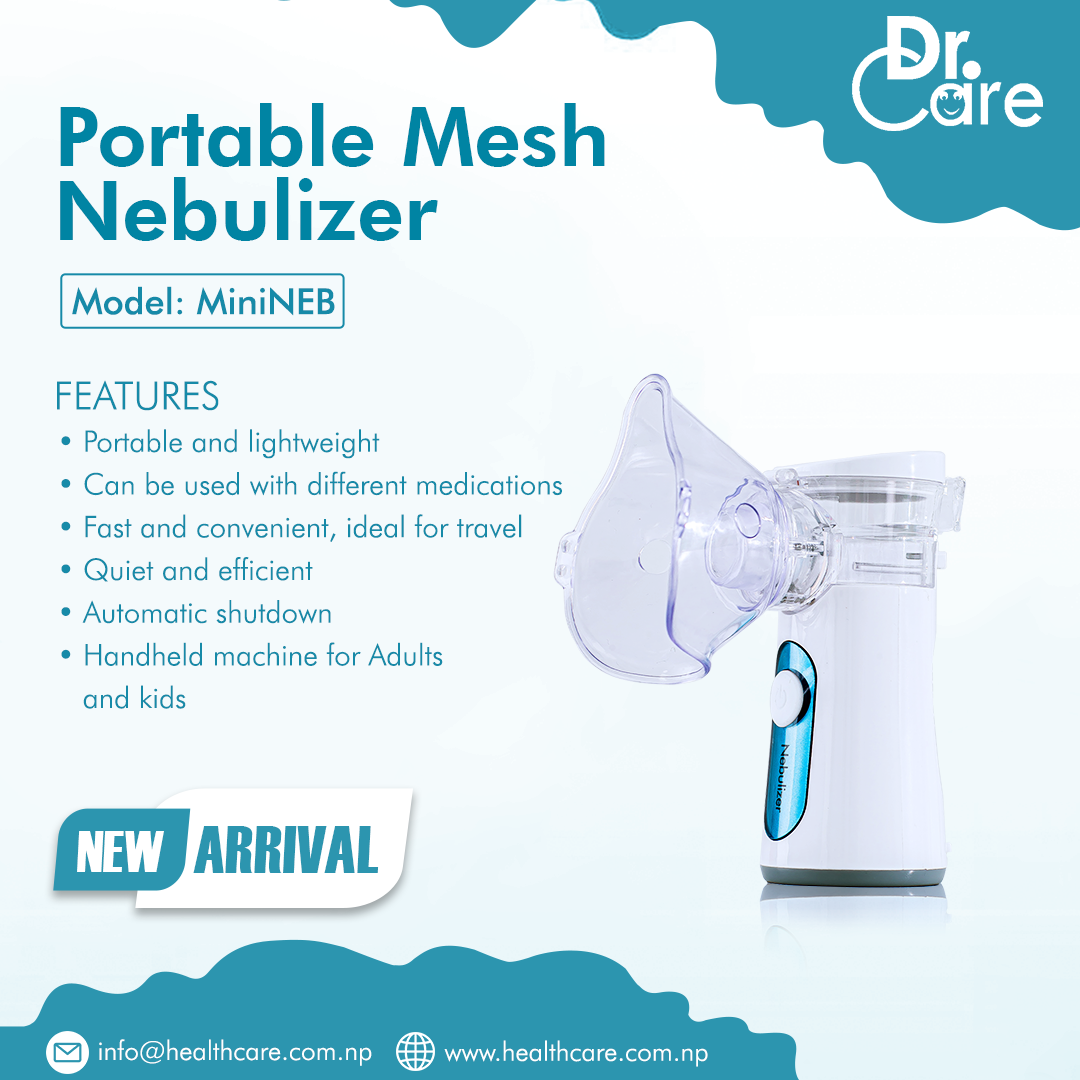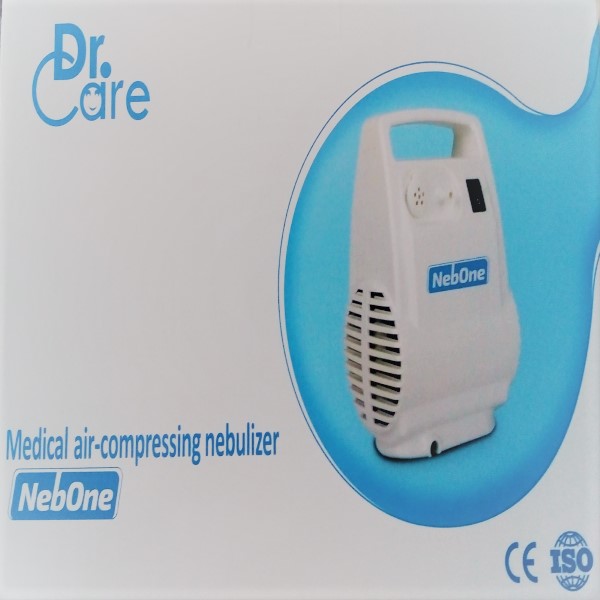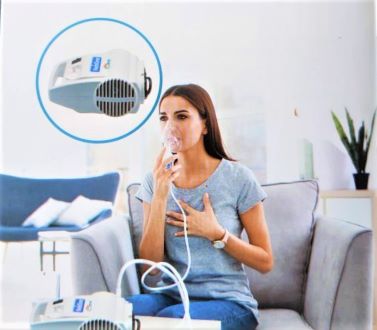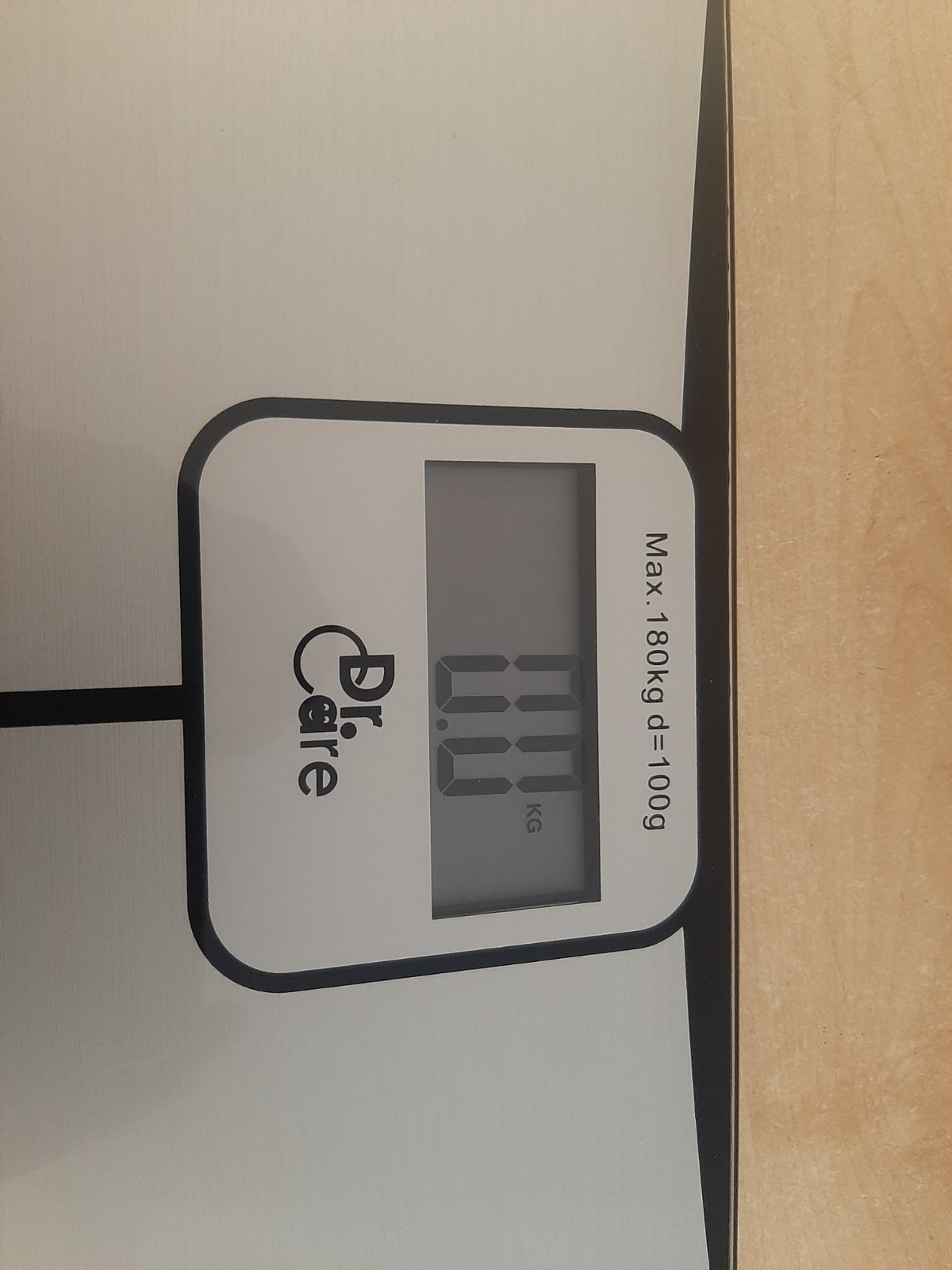How to Choose the Right Blood Pressure Monitor
Monitoring your blood pressure at home is an effective way to track your health and provide valuable data to your doctor. With a variety of models on the market, choosing the right blood pressure monitor can be confusing. The key is to select a device that is accurate, easy to use, and fits your lifestyle. Here's a guide to help you make the right choice.
First, consider the type of monitor. The two main types are upper arm and wrist monitors. Upper arm monitors are generally considered more accurate because the cuff is placed at heart level, which is where blood pressure is most accurately measured. They are the most recommended for a reliable reading. Wrist monitors, on the other hand, are convenient and portable but are more susceptible to incorrect positioning, which can lead to inaccurate readings. If you choose a wrist monitor, you must be very careful to position your arm and wrist correctly.
Second, check for clinical validation. Not all blood pressure monitors are created equal. Look for devices that have been clinically validated by an independent organization. This validation ensures the monitor has been rigorously tested for accuracy. Many reputable brands will display a seal from organizations like the American Heart Association (AHA) or a similar national body.
Third, focus on features that matter to you. Modern monitors offer a range of features. Look for a large, easy-to-read display, especially if you have vision problems. A monitor with memory storage can be very useful for tracking your readings over time, a feature that your doctor will appreciate. Some models can even connect to a smartphone app, making it simple to share your data with your healthcare provider. Another useful feature is an irregular heartbeat detector, which alerts you if the device detects an arrhythmia during a reading.
Finally, ensure the cuff fits correctly. This is arguably the most critical factor for an accurate reading. A cuff that is too small will give an artificially high reading, while a cuff that is too large will give a low reading. Most upper arm monitors come with a standard cuff, but many companies offer a range of sizes. Measure the circumference of your upper arm and compare it to the size chart provided by the manufacturer before you buy.
By following these steps, you can confidently choose a blood pressure monitor that will provide reliable readings and help you take an active role in managing your health.
Author: Ms Sujita Manandhar
Related products
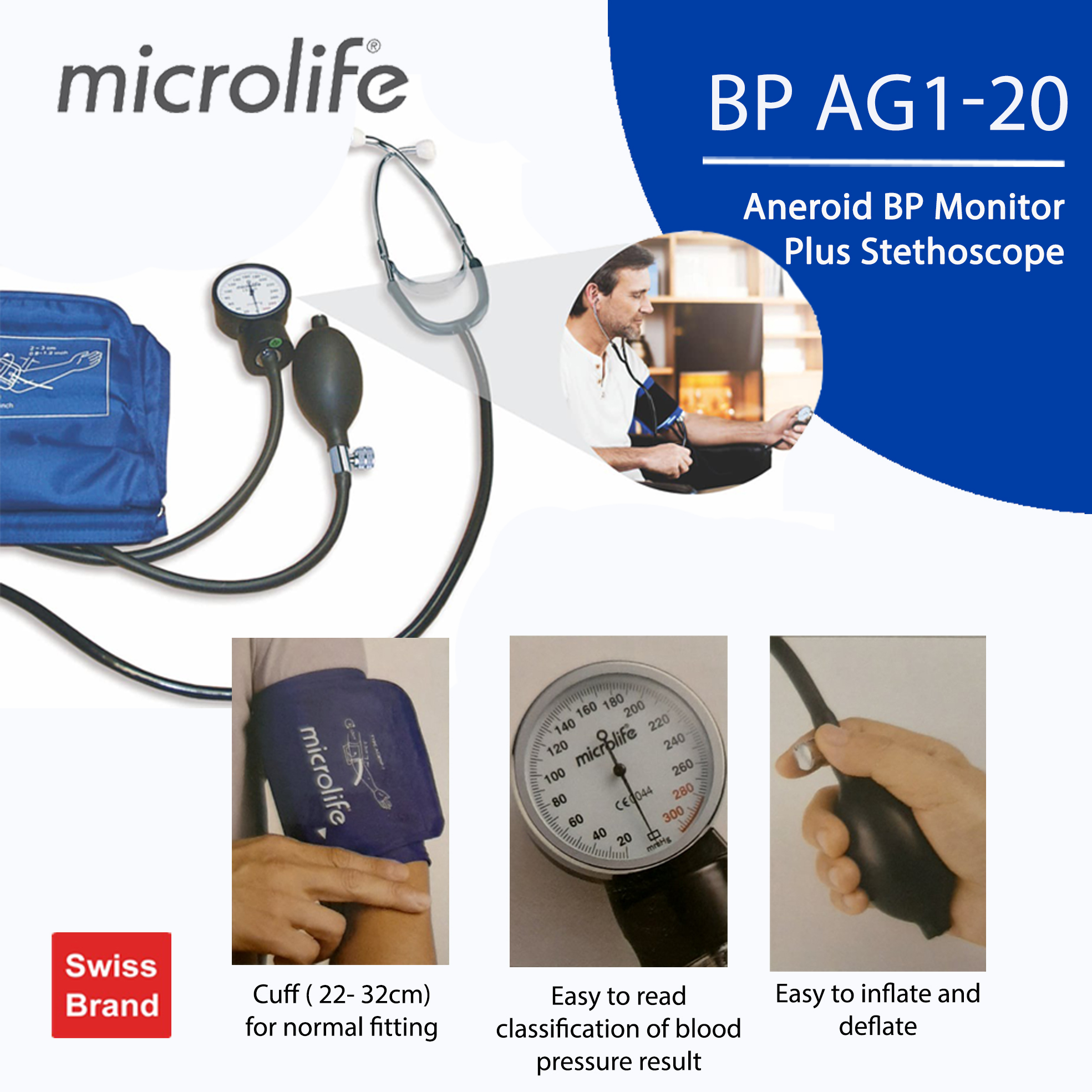
Microlife Bp Machine Aneroid Blood Pressure Monitor + Stethoscope Bpagi-20
NPR 2700|10%off
NPR 3000 Save NPR 300

Fia Biomed Glucometer Strip With Lancet (50 Strips+50 Lancets)
NPR 2250|10%off
NPR 2500 Save NPR 250



 0
0
